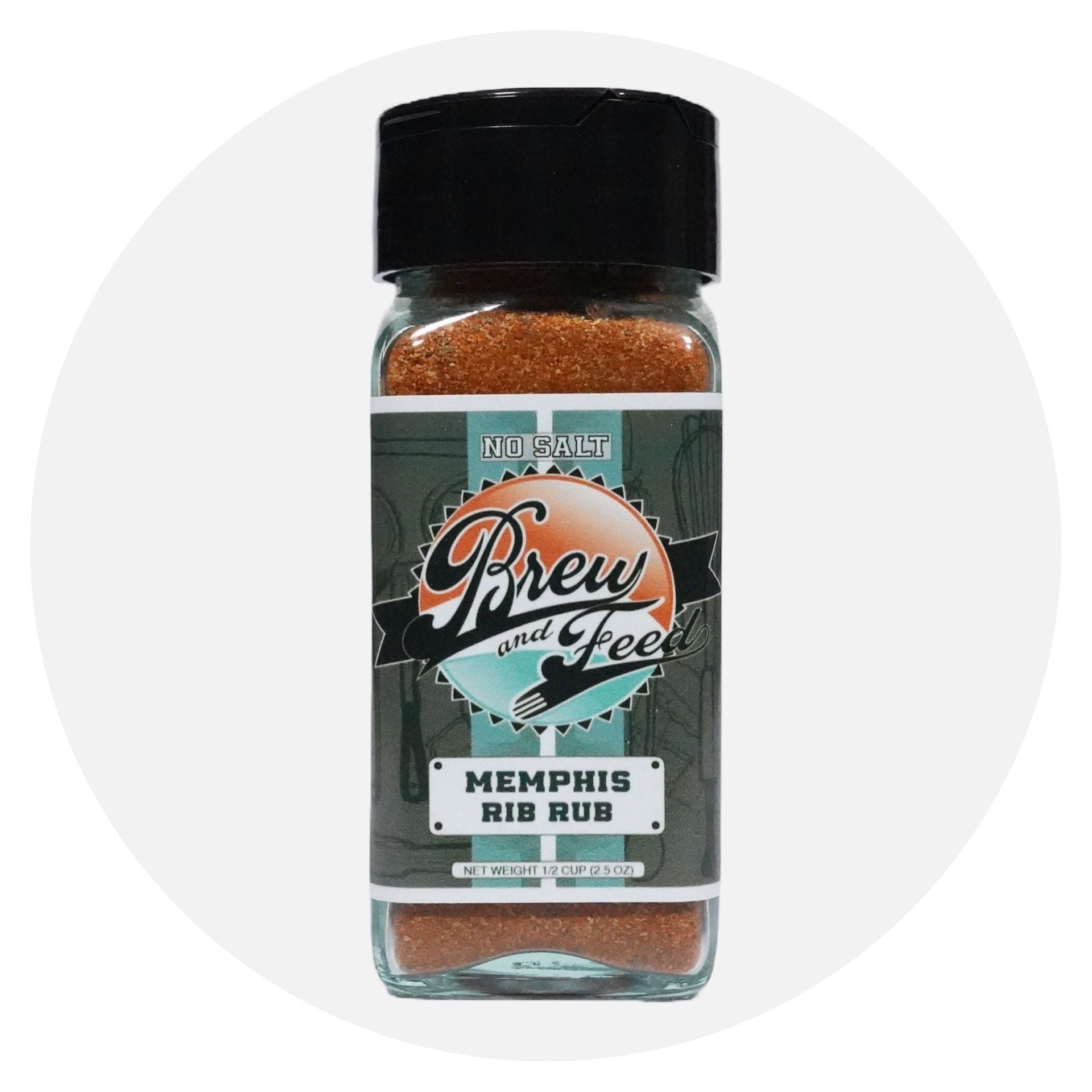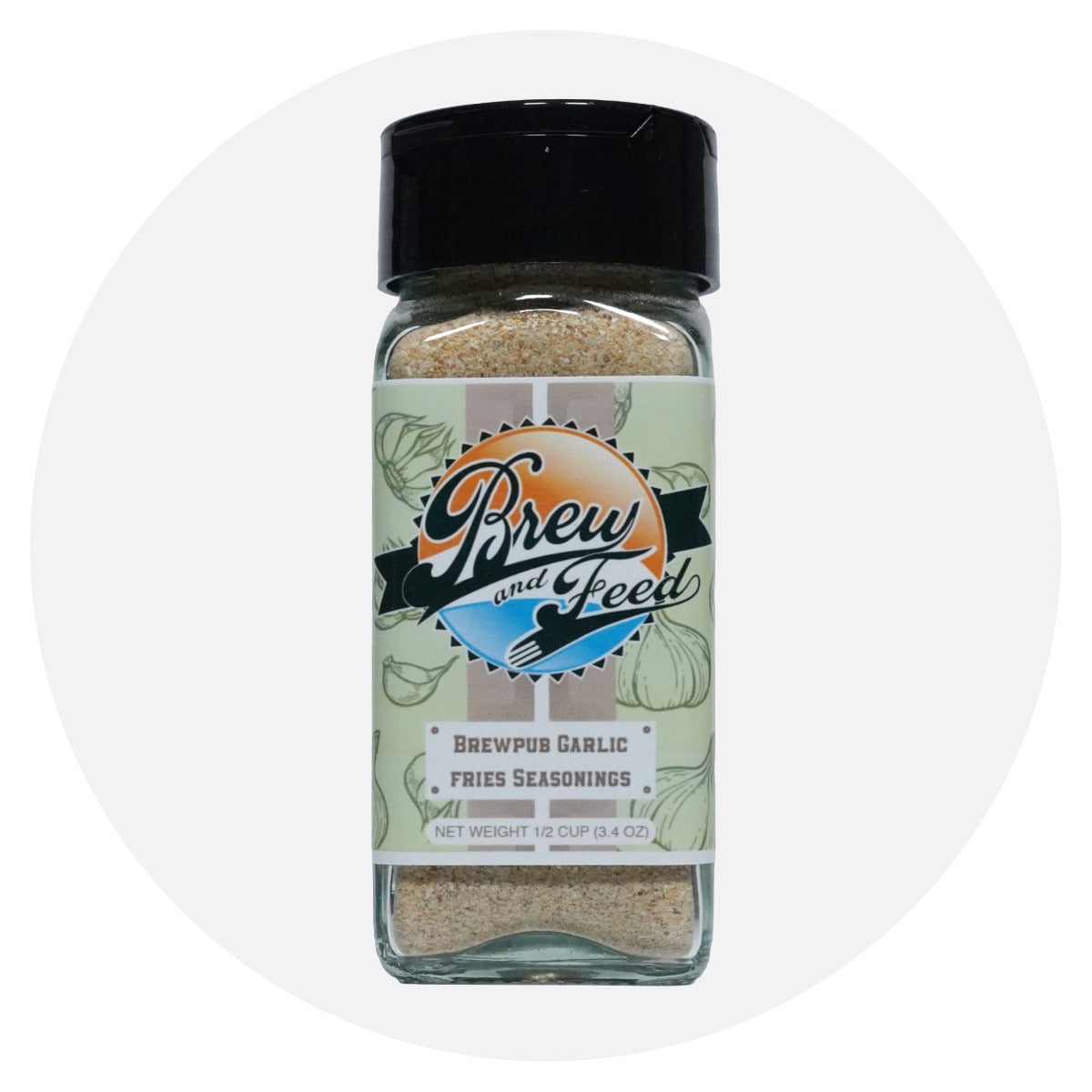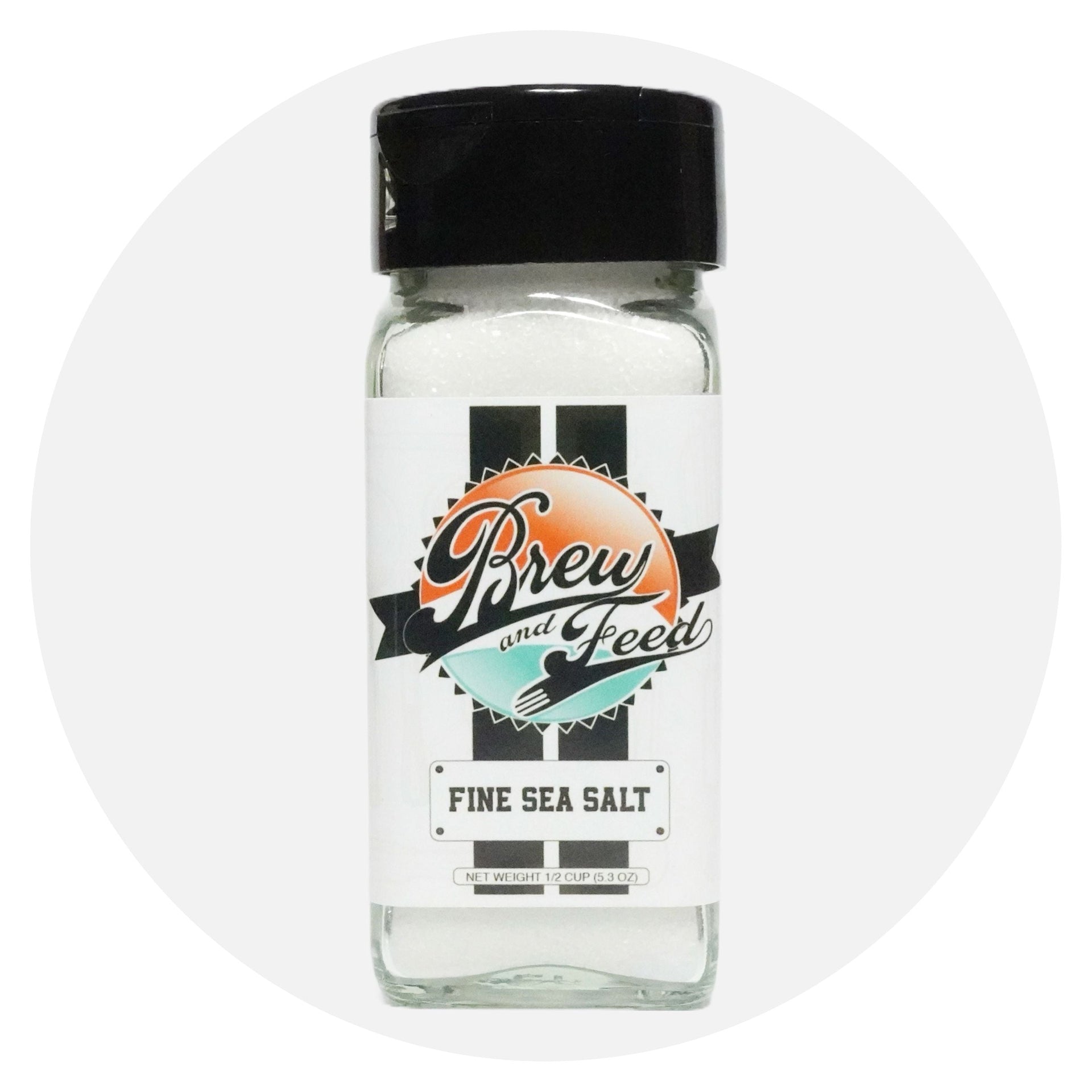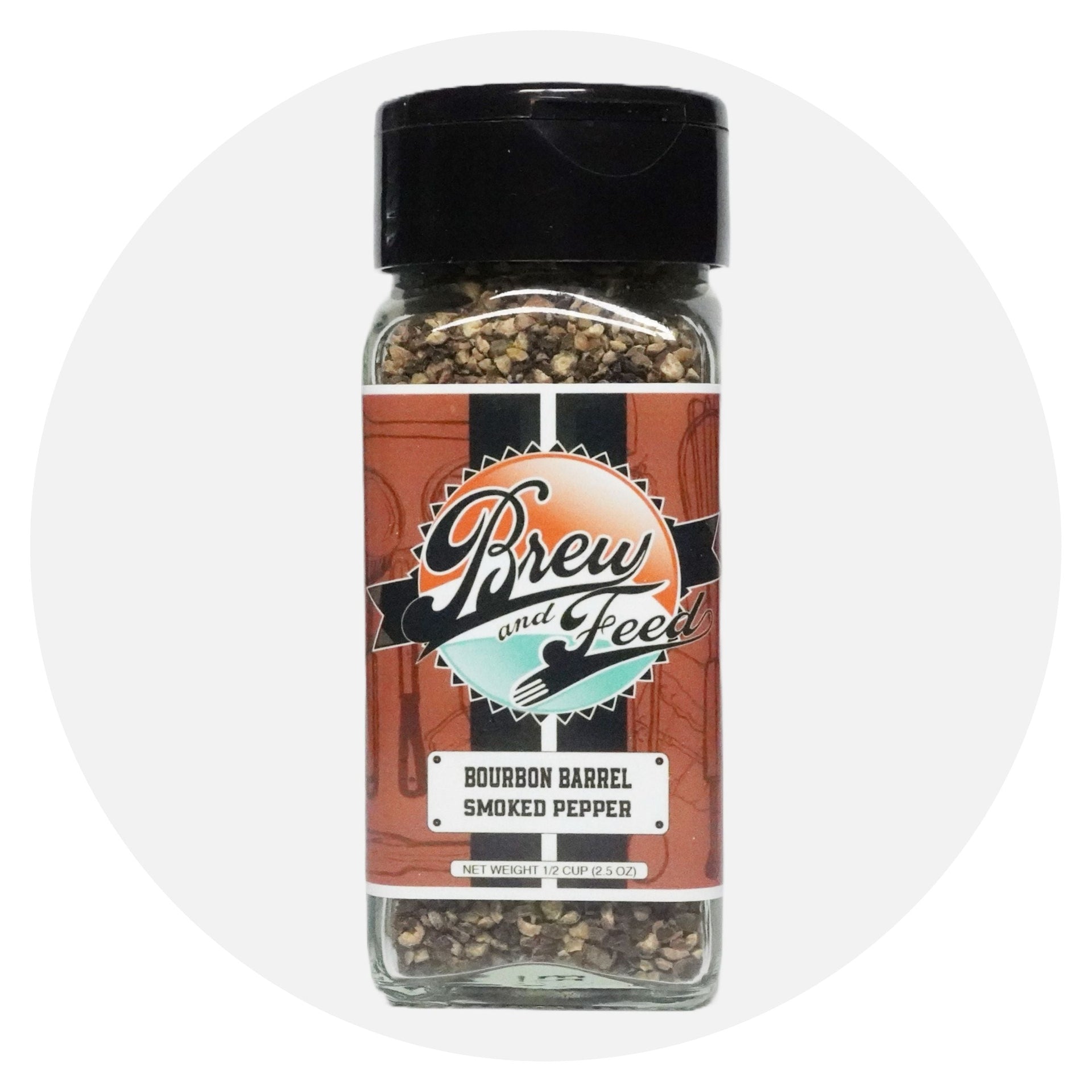
Demystifying Culinary Art: Exploring the Distinction Between Seasonings and Rubs
Seasons and Rubs play a significant role in enhancing the flavors of dishes, yet they possess distinctive characteristics that contribute to the complexity and depth of taste. Understanding the fundamental disparities between a seasoning and a rub is essential for any aspiring chef or passionate home cook. Let's delve into this fascinating world of culinary distinction.
SEASONINGS: ELEVATING FLAVORS WITH VERSITILITY
Seasonings are a versatile blend of spices, herbs, salts, and sometimes even dried vegetables, meticulously combined to enhance the natural flavors of a dish. They serve as a foundational flavor enhancer, adding depth and complexity to a wide variety of recipes. The beauty of seasonings lies in their adaptability—they can be used before, during, or after cooking and are not limited to a specific culinary application.
Characteristics of Seasonings:
Versatility: Seasonings are versatile and can be used on various foods, such as meats, vegetables, soups, salads, and more.
Pre-cooking or Post-cooking: They can be applied both before and after cooking to impart flavors.
General Enhancement: They generally aim to enhance the overall taste profile of a dish without forming a crust or specific texture on the food.
RUBS: INFUSING FLAVOR THROUGH INTIMACY
Rubs, on the other hand, are a blend of spices, herbs, salts, sugars, and sometimes oils, meticulously massaged or 'rubbed' onto the surface of meats, poultry, or fish. These blends are designed to form a crust, imparting a depth of flavor and texture by penetrating the food. The intimate contact between the rub and the food, often followed by marinating, allows for a more intense infusion of flavors.
Characteristics of Rubs:
Application Technique: Rubs are applied by physically rubbing the blend onto the surface of the food, promoting an intimate interaction between the flavors and the item being cooked.
Preparation Technique: They are often applied in advance, allowing the flavors to penetrate and infuse the food over time, sometimes requiring marination.
Texture and Crust Formation: Rubs often create a flavorful crust or texture on the outer layer of the food, contributing to a unique taste experience.
UNDERSTANDING THE DISTINCTION
The key distinction between seasoning and rubbing lies in their application technique and the depth of flavor infusion. Seasonings are versatile and enhance the overall taste of a dish without forming a crust, while rubs, through the rubbing process, form a crust and deeply penetrate the food to create a distinctive flavor profile.
EMBRACING THE CULINARY JOURNEY
Both seasonings and rubs are essential tools in a chef's arsenal, each offering a unique approach to flavor enhancement in culinary creations. Understanding their differences empowers chefs and home cooks to make informed decisions about how they wish to elevate their dishes.
Experimenting with these culinary techniques opens a world of possibilities, allowing for creative exploration and the creation of exceptional dishes. Whether it's the subtle enhancement of seasonings or the intimate infusion of flavors through rubs, both methods contribute to the art and science of culinary mastery.
Mastering the nuances between seasoning and rubbing empowers chefs to craft dishes that transcend the ordinary, promising an exciting journey filled with delightful tastes and aromatic pleasures. Embrace the distinction, experiment fearlessly, and savor the diverse tapestry of flavors in your culinary adventures.




